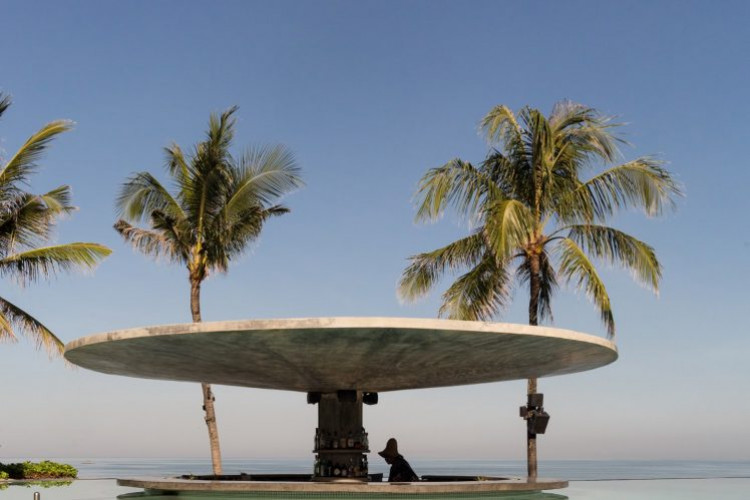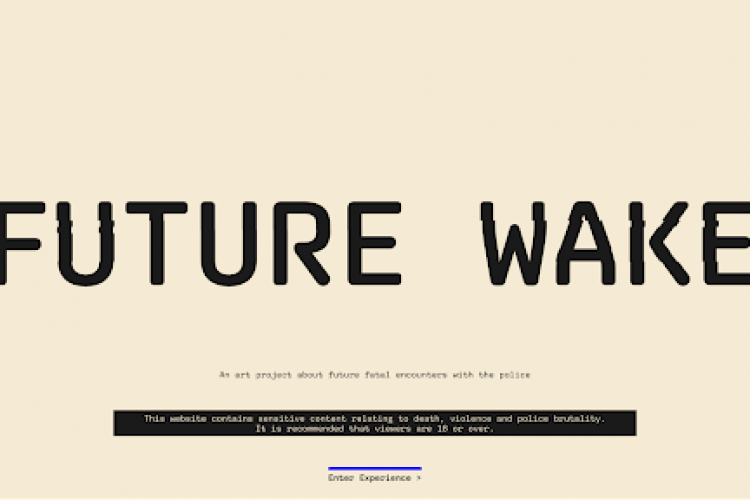In the Search of Green Grounds
Rejuvenating the Quality of Life in Jakarta’s Green Areas
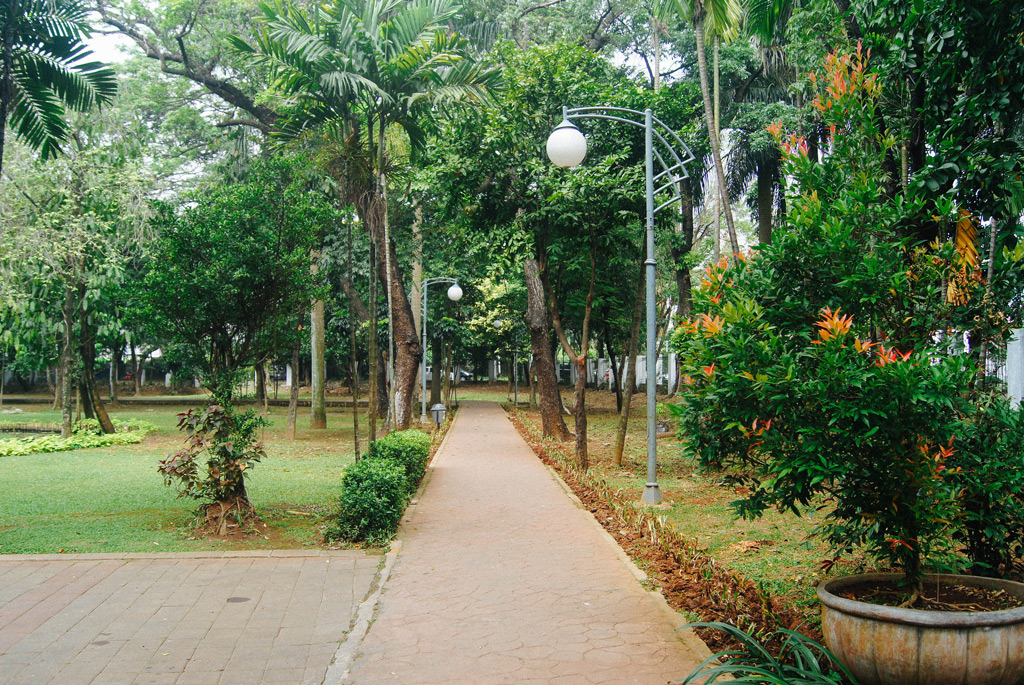



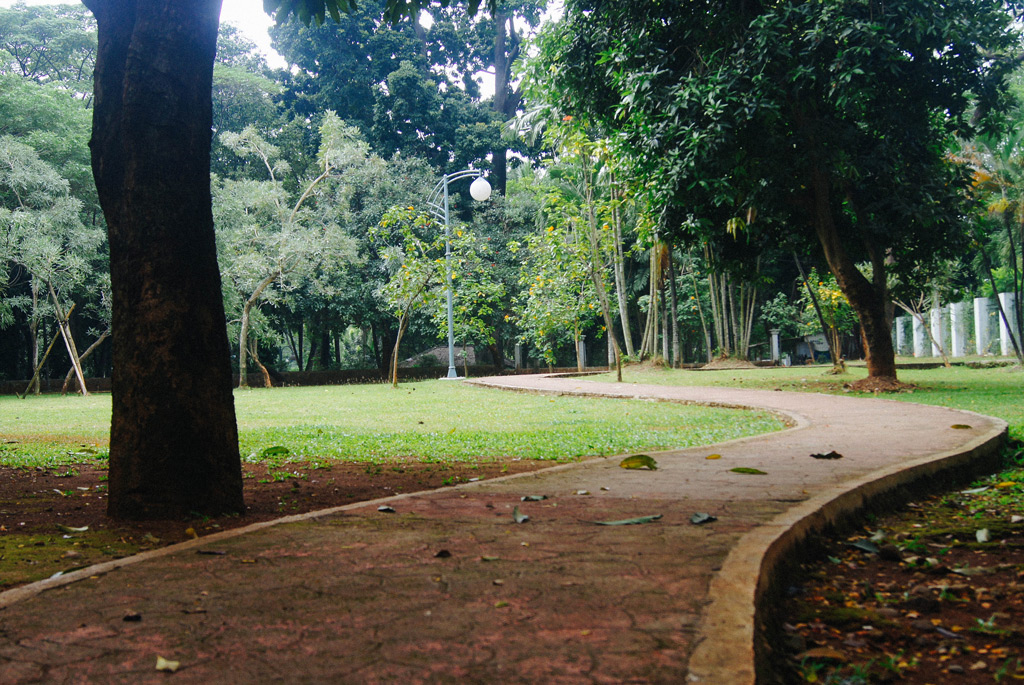



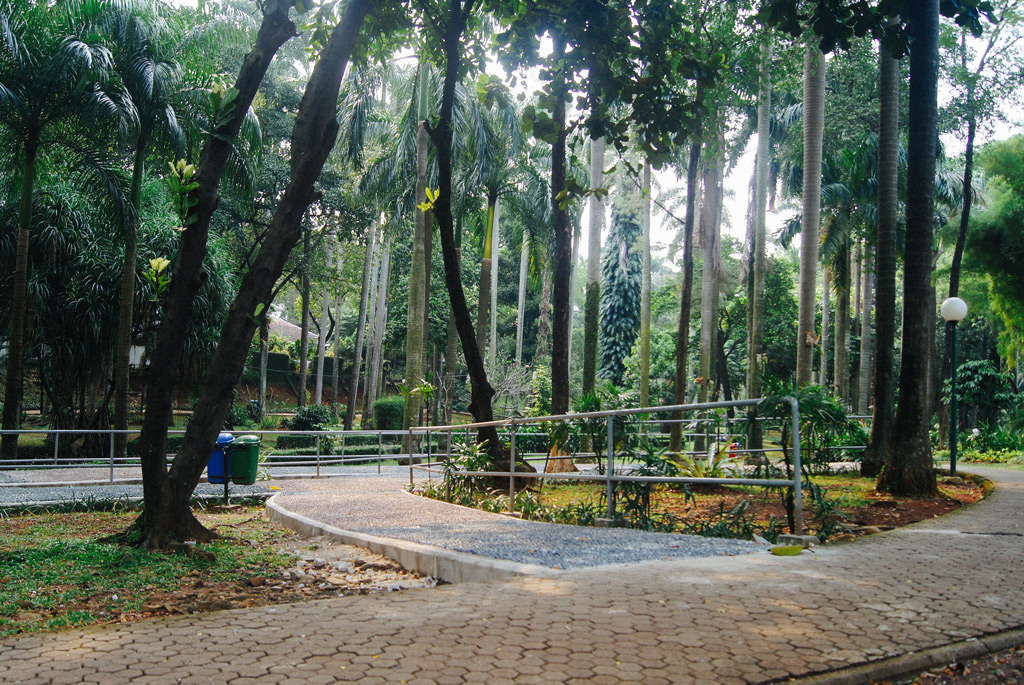



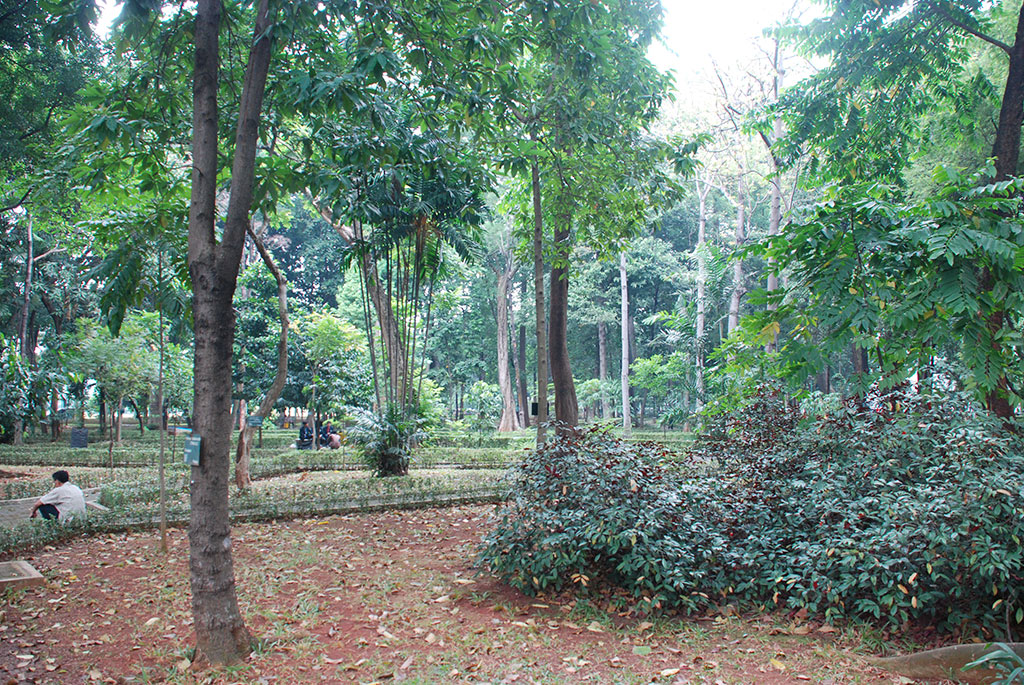
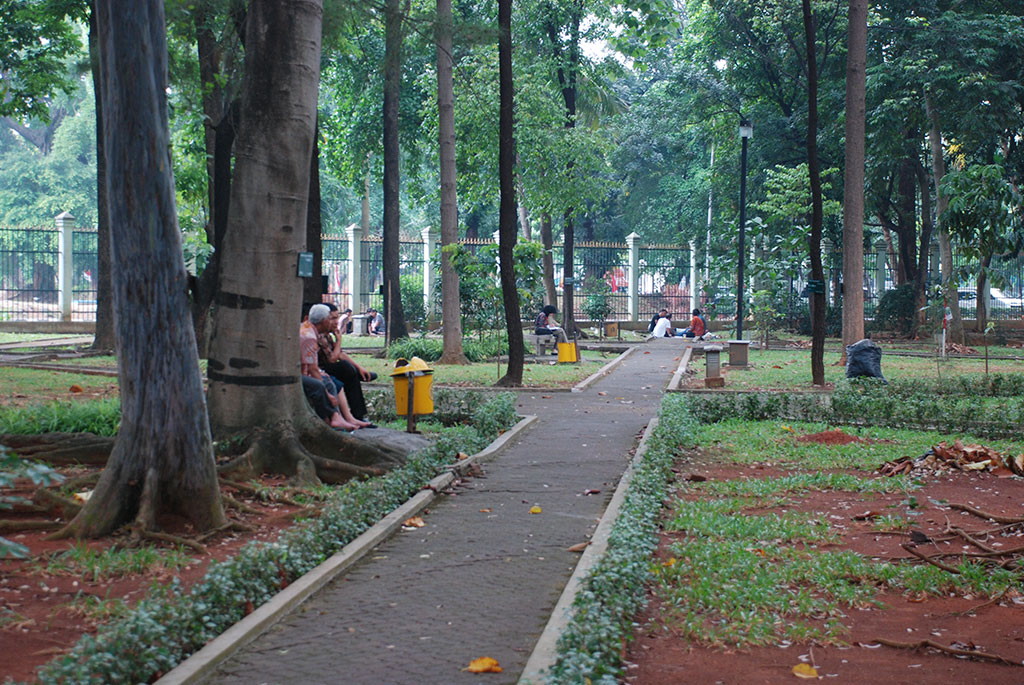
It is no surprise that Indonesia is unlisted in three surveys of the world’s most liveable cities index. We can’t find any Indonesian cities among Monocle’s Most Liveable City Index, the Economist Intelligence Unit’s “Livability Ranking and Overview”, and “Mercer Quality of Living Survey”. Indonesia is a developing country, and it’s still too far to expect Indonesia competing with cities of countries like Portland, Tokyo, Melbourne, Copenhagen or even Singapore, who was elected as the highest achieving Asian city.
On a smaller scale, the same thing happened when Indonesia Association of Planner (IAP) issued the result of their “Most Liveable City Index of 2014”. The first thing that came to mind regarding that survey is that there’s no chance Jakarta will be included on that list – and it is a spot on assumption. The survey selected Balikpapan, Surakarta, Malang, Yogyakarta, Palembang, Makassar, and Bandung as Indonesia’s most liveable cities of 2014. Jakarta failed to impress the index with only 62% rating-below average compared to another cities. With its heavy traffic jam, bad air condition and high cost of living, it is a real struggle for Jakarta to contend with other cities that offers far more than what Jakarta’s had in hand.
Quoted from IAP chairman’s Bernardus Djonoputro statement in Jakartaglobe, even from the “top” cities, the classic problems of transportation, infrastructure quality and high cost of living are still unresolved. And this particular problem further explains why it is hard for an Indonesian city to compete in the world’s quality of living index.
Most survey’s indexes include environmental, political, economic, personal safety, health, education, transportation and other public services as factors to their assessment. Among those criteria, environmental factor is one of the key criteria, as a matter of fact, the environmental issue is the most fundamental aspect of living itself. All of human function is fully dependent on its environment, the air that we breathe, the water that we drink, it is all provided by our surrounding environment.
Furthermore, recent studies show that our environment assists in more than just our basic human needs, it also contributes to our happiness. The better the environment is, the happier we will be. Research from Exeter University shows that people are happier when living in urban areas with greater amounts of green space. The research reveals that people who lived in better green areas are having a significantly lower level of mental distress and higher life satisfaction than the people who lived in less green space. The study also suggests that higher levels of green space have a special relation with improvement in living quality comparable to how marriage and employment makes people happy.
And to talk about having green spaces in cities like Jakarta sometimes feels like having a utopian dream. Jakarta, as the capital city and the metropolis of Indonesia, is the city of dreams for most Indonesians. It is the main destination for Indonesian people to earn a living. Resulting a very crowded city, with continuous diminishing quality of life over time.
“The number of urban inhabitants has tripled in the last four decades, where Metropolitan cities remain attractive for people from rural areas wishing to migrate” said Djoko Kirmanto, Indonesian Public Work Minister said at the opening ceremony of the 24th Eastern Regional Organization of Planning and Housing (EAROPH) World Congress. He also said that the number of people living in urban areas accounted for 49.8 percent of Indonesia’s total population of 237.6 million in 2010, and was estimated to grow to 68 percent by 2025, quoting from the Central Statistics Agency.
The Exeter University research also shows that urbanization is a ticking bomb to mental health and wellbeing. Though the effect on an individual level is not really big, it indicates that population level is an essential part to consider in the future policies regarding the preservation of urban green spaces for wellbeing.
The hope is still there for Jakarta to catch up on the making of a better quality of living for its residents. Some improvements have already made by the city government regarding this matter (the refinement of Waduk Pluit is a peculiar example). And yet, the hope for a better Jakarta also lies in its green areas. Though it’s quite tricky thing to find, Jakarta still has some green spaces that offers a place to breathe fresh air, having outdoor activities, or even a corner to contemplate-if you would. What’s left to do now for the people is to promote and preserve the existing green spaces. Maybe not for a better ranking in the Monocle’s index, but for the sake of our own quality of living.
NORTH JAKARTA
Mangrove Forest – Muara Angke Kapuk
Jalan Muara Karang, Jakarta Utara
Cagar Alam Pulau Rambut & Pulau Bokor
Kabupaten Kepulauan Seribu
Hutan Kota Kemayoran
Jalan Pademangan Timur
Taman Hutan Kota Penjaringan
Kampung Kebon Pisang, Pejagalan, Penjaringan.
WEST JAKARTA
Hutan Kota Srengseng
Jalan Haji Kelik
Hutan Kota Rawa Buaya
Jalan H. Kelik, Srengseng, Kembangan
Taman Cattleya
Jl. S. Parman
SOUTH JAKARTA
Hutan Kampus UI
Kampus UI Depok
Hutan Kota Tebet
Jl. Tebet Barat
Hutan Kota Langsat
Jalan Langsat
CENTRAL JAKARTA
Hutan Kota Manggala Wanabakti
Jl. Jend. Gatot Subroto
Hutan kota Sangga Buana Sungai Pesanggrahan
Jalan Karang Tengah Raya
EAST JAKARTA
Hutan Kota Mabes TNI Cilangkap
Jalan Mabes Hankam Raya
Hutan Kota Lanud Halim Perdana Kusuma
Jalan Halim Perdana Kusuma
Taman Viaduct Jatinegara
Jalan Raya Bekasi Timur Cilangkap









